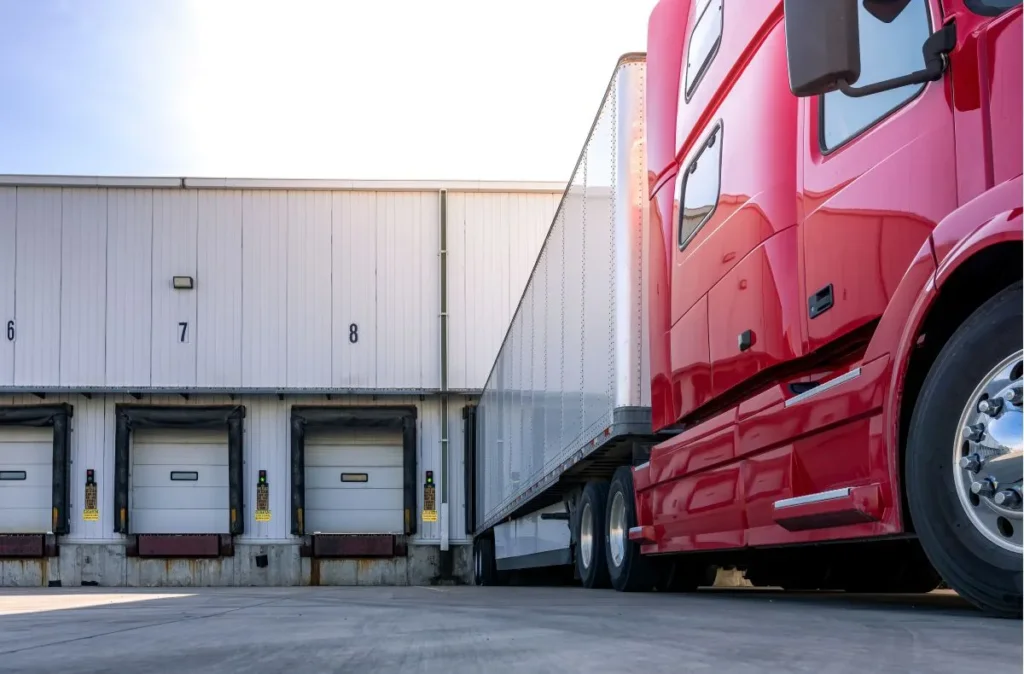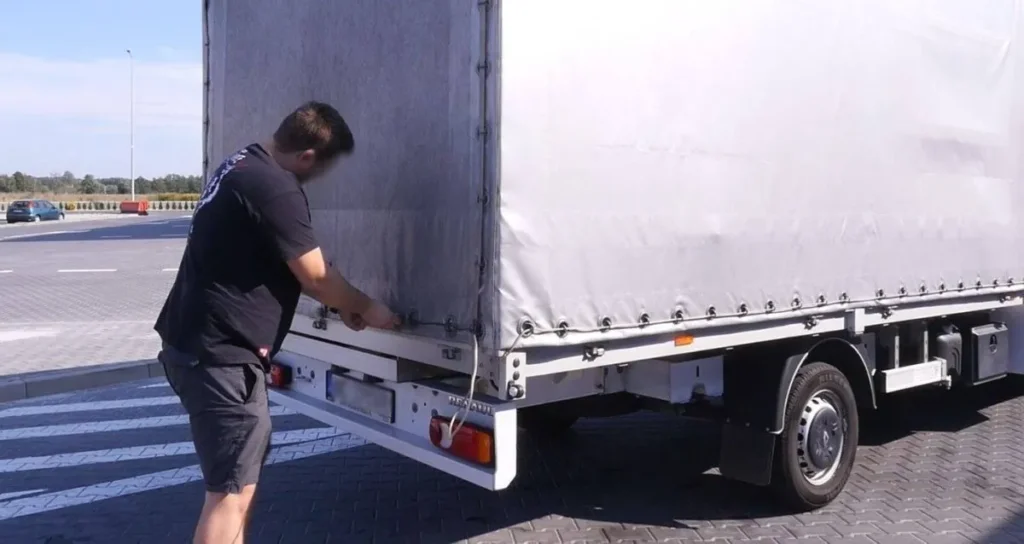Most supply chain leaders working in the United States Midwest rely extensively on Asian partnerships for manufacturing. These professionals keep a constant eye on the pulse of the Trans-Pacific East Bound container and airfreight markets. The supply chain is critical to keep production moving, and between tariffs and COVID-19, it’s becoming more difficult for them to seamlessly manage.
Companies in the United States have been strategically managing ever-changing tariff duty rates imposed on goods imported into the United States from China since last year. The total cost to the bottom line adds up quickly for many CFOs. According to an analysis from Tariffs Hurt the Heartland, in October 2019, the trade war cost an additional $7.2 billion due to tariffs, a $1 billion increase from October 2018.
Then this year COVID-19 swept the world. Factories in China closed as workers sheltered at home. Containers piled up on docks in Asia. And the dependence on goods made in China, which were simply not available, was felt. For example, online publication Foreign Policy cites the fact that efforts by U.S. companies to expand production of ventilators were complicated due to difficulties in obtaining essential parts from Chinese facilities and other sources.
The good news for business owners and consumers is that ports remain open and cargo is moving in spite of the global health crisis and tariff rates. The challenge presented to companies now is how to keep the cargo moving and at what cost. Several pundits have written articles and queried the business community asking these questions.
An article titled “China is the Next China” published by Geopolitical Futures suggests American firms doing business in China are not ready to move. The article skillfully tracks the history of how relationships have led the trade world to where it is now, with a in heavy reliance on China. The article states and is right in saying, most supply chains will have to continue to buy from China and continue to pay the price. A survey from Am Cham China is citied in the piece. Companies doing business in China were asked if they are actively considering moving some or all operations abroad, and 55% of the surveyed firms say it’s too soon to tell.
Dare we suggest that it might be time to look elsewhere while the crisis is here, and there may be time to review processes and strategies?
Current market conditions suggest an opportunity for Eastern European business. Countries including Slovakia, Czech Republic, Hungary and Poland are among the fastest developing countries in the world. In fact, Poland was the fastest growing economy in post-crisis Europe, according to data of the International Monetary Fund. Couple that with the European Union Horizon 2020 initiative for a favourable economic climate for manufacturing. Here are a few reasons we think companies should consider Eastern Europe:
- No Politics. This is a presidential election year in the United States. Already the current president is pushing to punish China not just on tariffs but for the COVID-19 pandemic. This election is likely to be about who can bring more justice to China no matter who wins in November.
- Cost. While shying away from the production of goods in China means less politics for a manufacturer in the United States, tariffs and higher costs mean a lower return to companies that simply want to keep supply chains and sales moving. Think about what these countries mentioned above can bring to the table. The political atmosphere and better cost are two checks marks in their favour.
- Price & Expertise. Maintaining labour cost is essential to production. According to Eurostat website the lowest wages in Europe in 2018 were in the Eastern Bloc including Poland, Bulgaria, Latvia and Lithuania. Technology is arriving in these countries at an astounding pace. For example, in Romania, home of what’s been dubbed Techsylvania, there are 6 developers to every 1,000 inhabitants. There are now more than 5.7 million professional developers in Europe, up by 200,000 in the past year. This compares to 4.4 million in the United States.
- Access. Many supply chain managers are responsible for goods sold in Europe that are manufactured in China. Instead of perhaps only watching port conditions in Hamburg, Antwerp and Rotterdam, they should consider keeping tabs on the new “Silk Highway,” a direct freight train service between China and Poland. It connects Xi’an inland port to the Polish intermodal hub Euroterminal Sławków. With the interchange of rail required at the border of Ukraine or Belarus due to gauge differences, the option of transloading in the heart of Poland gives options for quicker delivery to market that may make the difference in securing a new customer. The container rail service also provides a connection to the Port of Gdańsk and, as a result, it could be used for delivering freight from China to Scandinavia.
- Resources. These countries have established natural resource availability, including timer, natural gas, zinc, coal, sulfur, ores, copper and more. There’s also infrastructure in place. As noted above, the Belt and Road Initiative of China, places Europe as the destination for Chinese trains via the “Silk Highway.”
United States companies are reshaping their global supply chains, and Eastern Europe will be part of the key to success in their future. As an example, Tony Short is the supply chain director for Wieland Designs in Goshen, Indiana. He says, “When it was time to start looking for a new vendor for a new product line, we were foolish if we didn’t start in China. But we ended up finding a great option in Poland. We ended up partnering with a well-established Polish group that has produced high quality products and has delivered them with competitive pricing. It was right where we needed to be.”
As more of our clients work toward diversifying their global supply chains, we’re here to work with them supporting freight requirements as they make meaningful connections with Eastern European logistics professionals for long-term and beneficial partnerships.
Jefferson Clay is director of global sales for Cargo Services, an Indianapolis-based freight forwarding company founded in 1992. The professional and tenured team serves customers throughout the Midwest who require import and export services via steamship, air travel or trucking. The team also provides complementary customs brokerage and warehouse services.
Photo: Globetrotter/ Wikimedia Commons









